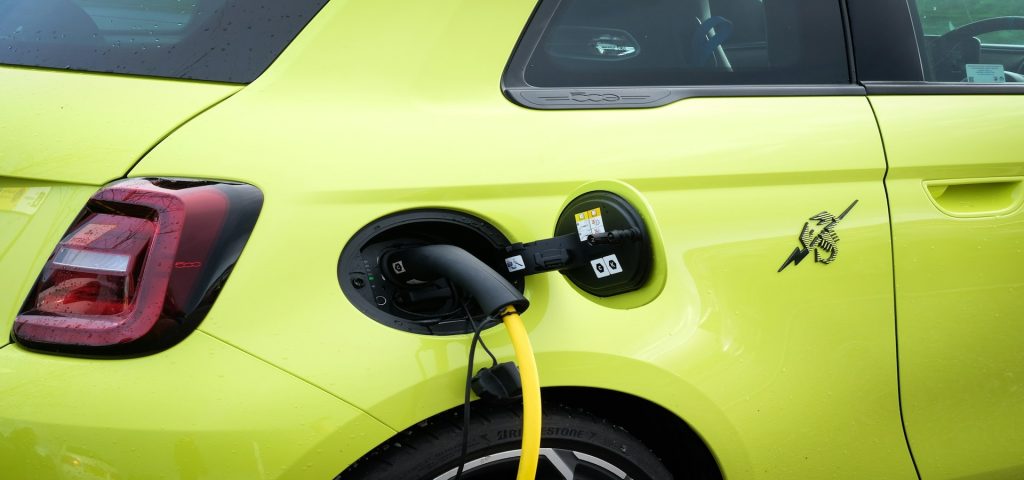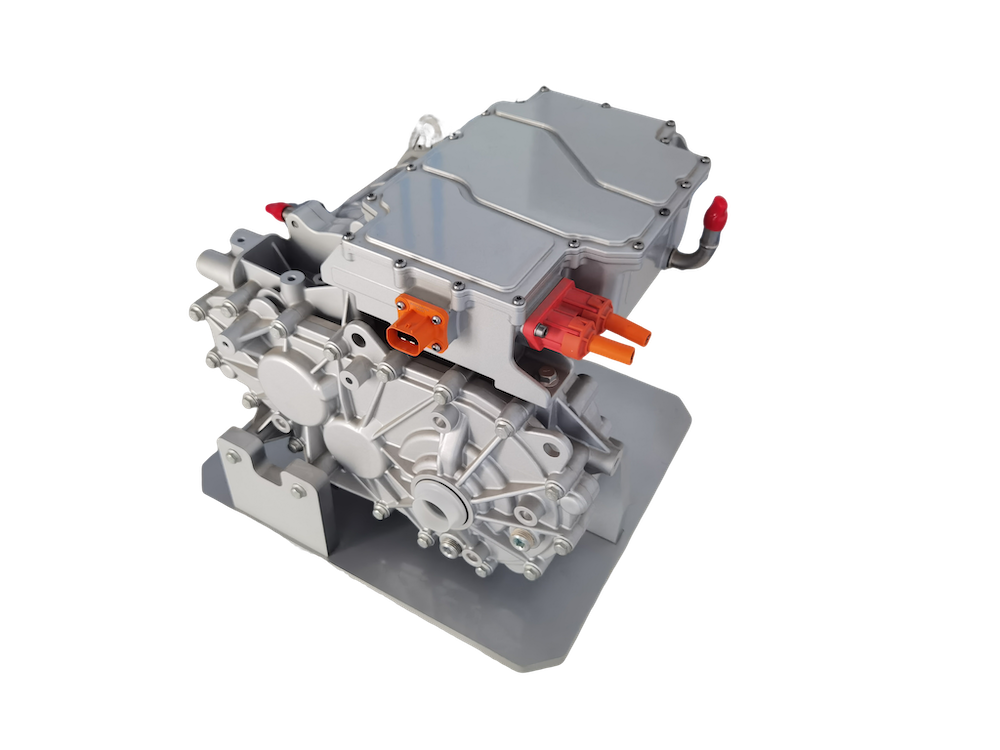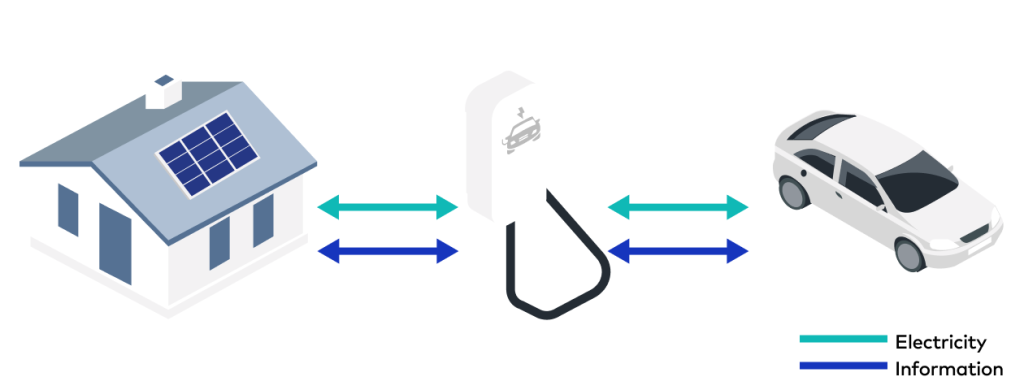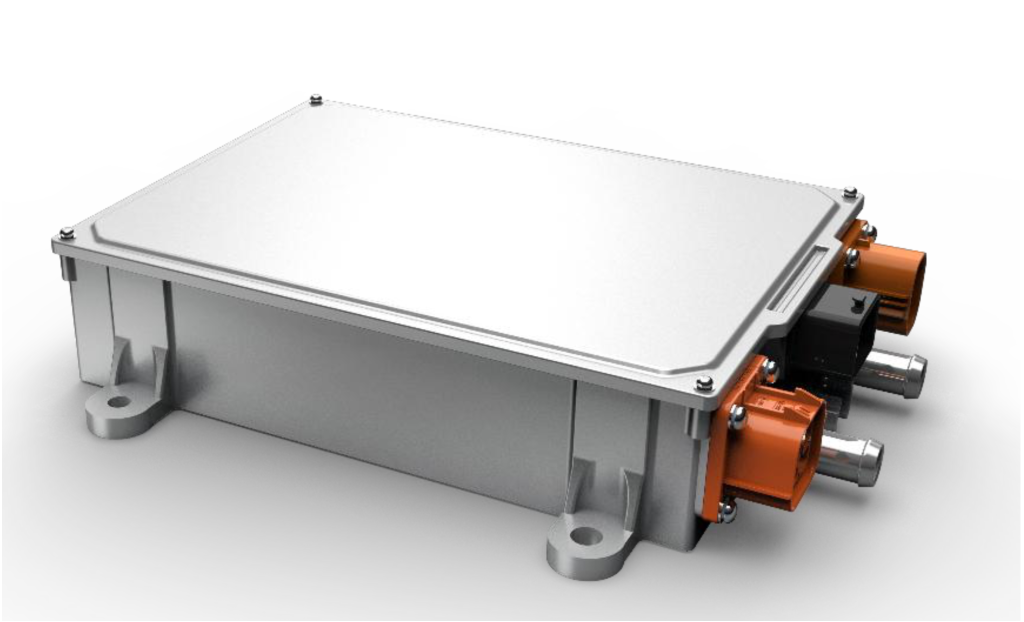
Brogen
- Email:inquiry@brogenmotors.com
- Whatsapp:+86 19352135902
- Wechat:Brogenmotors_SH
- Tel:+86 19352135902

Brogen

The On Board Charger is a critical component that consists of a power circuit, which may include Power Factor Correction (PFC) and a phase-shifted full bridge or a LLC resonant converter, and a control circuit.
The On-Board Charger (OBC) in new energy vehicles is categorized into two types: unidirectional and bidirectional.
The unidirectional OBC is designed to transform the alternating current (AC) voltage from the power grid into direct current (DC) voltage, which is then used to charge the vehicle's battery pack. On the other hand, the bidirectional OBC has the additional capability to convert the DC power stored in the battery pack back into AC power, which can be fed back into the grid or used for other applications.

Bidirectional charging technology enables a two-way flow of power – not just charging your car, but also discharging it. But where does the energy head when it exits your vehicle?
V2G is the process where an electric vehicle (EV) with a bidirectional charger sends electricity from its battery back to the power grid, using a built-in DC-to-AC conversion system. This smart charging mechanism can help regulate energy supply and demand, allowing EVs to draw power during off-peak hours and contribute to the grid during peak demand. It's an efficient strategy considering that vehicles are parked about 95% of the time. With the right setup, these parked EVs could act as mobile power banks, offering a stabilizing force for future power grids. In essence, we can envision EVs as rolling energy storage units, ensuring a constant supply of energy for everyone.

Image source: Toka charging
For an extended period, concerns over driving range and the availability of charging infrastructure have been significant barriers to the widespread adoption of electric vehicles (EVs). Although advancements in battery technology by manufacturers have demonstrated increased range capabilities, and the proliferation of charging stations has alleviated some of these concerns, the challenge of efficient EV charging remains. This challenge, however, also presents an opportunity to enhance the balance and efficiency of the power grid's load.
An OBC with bidirectional energy transfer capabilities can draw power from the grid for charging and also return excess energy back to the grid, thereby contributing to the stabilization of a city's overall power infrastructure.
V2H is the practice of using an EV's bidirectional charger to deliver electricity from the car's battery to residential or commercial buildings, also facilitated by a DC-to-AC converter within the charger. Similar to V2G, V2H can contribute to balancing energy supply and demand on a larger scale. For example, by charging your EV overnight when demand is low and then using that stored energy during the day, you can help decrease peak-time consumption and alleviate stress on the grid. V2H ensures that homes have a reliable power source when it's most needed, thus reducing the overall strain on the electricity grid.

Image source: gridx
As we progress towards a fully renewable energy landscape, both V2G and V2H will become increasingly significant. Renewable energy sources like solar and wind are intermittent, generating varying amounts of power based on time and conditions. Bidirectional charging allows EVs to maximize their battery storage potential, benefiting the entire energy ecosystem and the environment. In this context, EVs can serve as a renewable energy buffer: absorbing and storing surplus solar or wind energy for later use during periods of high demand or low production.
In summary, bidirectional charging with V2G and V2H not only enhances the functionality of EVs but also plays a pivotal role in creating a more sustainable and resilient energy infrastructure.
Bidirectional charging is also advantageous for the health of the vehicle's battery. It is like the practice of occasionally discharging and then fully charging a smartphone battery to prolong its life. Continuously keeping a battery at a high charge level can stress the components and reduce their lifespan, leading to the need for premature battery replacement, which is costly.
In an ideal scenario, the OBC should be equipped with smart sensing capabilities that can detect when the vehicle's battery level is low, such as at 30%, and then initiate a battery cycle by feeding the excess energy back into the home grid, followed by recharging the vehicle. This process helps to maintain the battery's health and prolong its life. The primary objective of employing a bidirectional OBC is to facilitate an efficient transfer of power with minimal energy loss during the transmission process. This efficiency is crucial for both the vehicle's operational costs and the overall sustainability of the power grid.

Main Specifications
| Project | Rated Output Power | Input Voltage Range | The Output Voltage | Maximum Output Current | Voltage Stabilization Accuracy |
| AC/DC | 6.6KW | 90~264Vac | 210~450Vdc | 20A | ≤±1% |
| VTL | 3.3KVA | 250~450Vdc | 220Vac±15% | 16A | ≤±5% |
| DC/DC | 2.5KW | 200~450Vdc | 14.5V±0.25V | 173A | ≤±1% |
Should you want to know more about our bidirectional on-board charger, please feel free to contact us via inquiry@brogenmotors.com. We promise to get back to you within two business days.

We have delivered high-quality electric powertrain solutions to over 100 customers across more than 20 countries.
We've forged strategic alliances with key players in the new energy vehicle sector, including electric motor and controller manufacturers, battery pack producers, and charging station suppliers. We also collaborate with suppliers of essential components such as EV car battery, electric vehicle motor(PMSM motor), motor controller, OBC+DCDC+PDU, axial flux motor, BMS, air conditioning systems, air compressors, and power steering systems.
For the latest news please view Brogen’s Linkedin.
For more videos please click Brogen’s Youtube.
Connect with a Brogen expert to learn more about our services and discuss our ePowertrain solutions.
Company Profile